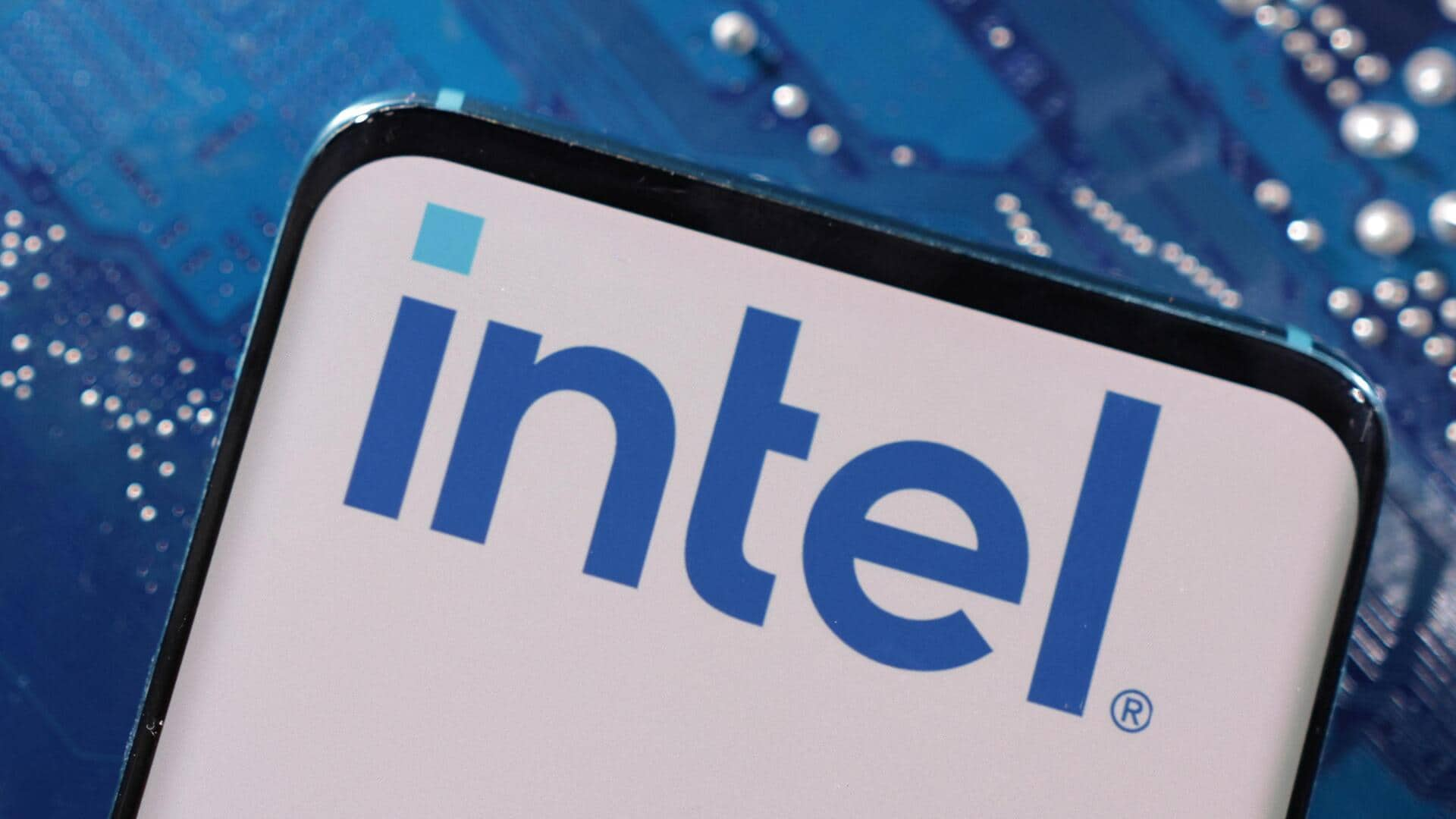
Intel's chipmaking division reports $7 billion loss in 2023
What's the story
Intel's chip division has experienced a significant operating loss of $7 billion in 2023, according to Reuters. This figure marks a substantial increase from the previous year's loss of $5.2 billion. Despite generating a revenue of $18.9 billion in the same year, this represents a sharp decline of 31% from the preceding year's revenue of $27.49 billion.
Outsourcing woes
Past missteps impact foundry business
Intel's CEO, Pat Gelsinger, has acknowledged that the company's past mistakes have led to a significant impact on its foundry business. As a result of these missteps, Intel has had to outsource approximately 30% of all wafer production to other foundries. This includes TSMC, one of Intel's key competitors. "These latest numbers are partially the result of Intel's past mistakes catching up with its foundry business," Gelsinger stated.
Technological shift
Intel turns to ASML's EUV machines for cost-effectiveness
In a bid to address its financial woes, Intel has adopted extreme ultraviolet (EUV) machines from Dutch company ASML, a technology it had previously chosen not to use. Gelsinger is optimistic that the cost-effectiveness of these tools will help Intel reach a break-even point by 2027. ASML also emphasizes on its platform that its technology aids in making the mass manufacturing of computer chips, more cost-effective for chip foundries like Intel.
Future prospects
Intel's $100 billion investment plan and new customers
Intel plans to invest an estimated $100 billion in constructing and expanding its chip foundries across four US states. The company is also set to receive substantial funding from the US government under the new CHIPS Act. To realize these plans, Intel needs to convince firms to use its chip-making service. Microsoft has recently become a foundry buyer, but it remains uncertain how many other companies Intel will require, to secure to meet its projected break-even timeline.